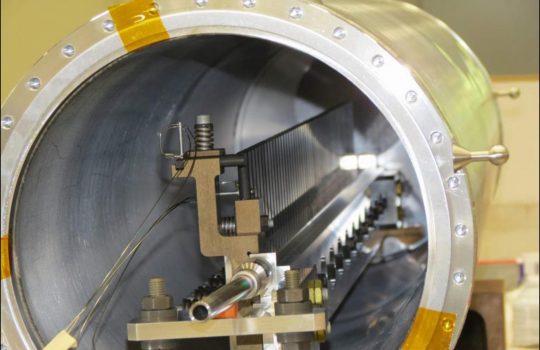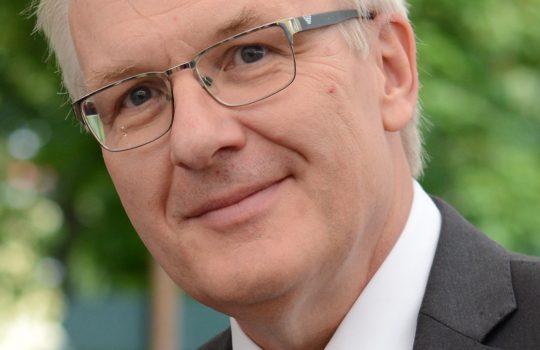India, USA to collaborate on neutrino science
- collaboration
- DAE
- Deep Underground Neutrino Experiment
- DOE
- DUNE
- India
- LBNF
- Long-Baseline Neutrino Facility
- neutrino
From World Nuclear News, April 17, 2018: Energy Secretary Rick Perry and India’s Atomic Energy Secretary Sekhar Basu signed an agreement in New Delhi that opens the way to jointly advancing cutting-edge neutrino science projects under way in both countries, LBNF/DUNE



